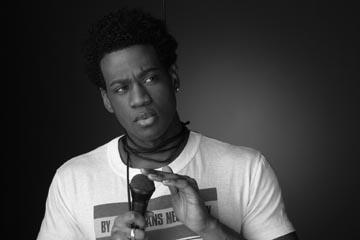1. FLEXIBILITY- because you need to be able to shape your body into different kind of positions and you also have to be able to make positions while moving.
2. BALANCE- you need both static and dynamic balance in dancing, because you need to balance in different positions whilst moving and standing still.
3. SPEED - you need speed in dancing because sometimes the music can be really fast and you need to make sure your in time with it.
4. CO-ORDINATION - you need both types of co-ordination, hand eye and foot eye because in dancing you use almost every part of your body, which also means you need to be sharp with your hands and legs to be in time with the music.
5. C.V ENDURANCE- you need this to keep you going throughout the dance, because dances go on for about 4-5 minutes non stop and you have to keep your energy all the way through it until the end.you have to make sure that you don't look out of breath and you need to have the same energy from beginning to end without a struggle!
Troy Dixon, was an amazing hip hop dancer who sadly lost his life in 1990, he was better known as Trouble T Roy, he danced with a successful group called Heavy D and the Boyz from 1987 until 1990. I chose Troy Dixon because he was a well known dancer, and i was inspired by him. i am a lot different to Troy because he had a lot more experience than me, he also had a lot more c.v endurance than i do, because he danced and trained for so long he got used to going for a long period of time.
Training methods for netball ( part 2) :

There are 2 main training methods for netball and they are :-
- Continuous Training- Known as aerobic training and it means that you work steadily for extended periods of time without rest time. This method of training is mainly used for c.v endurance, its needed in a game of netball to be able to last the duration of the game and to perform consistently at your highest level. The graph I drawn below shows the way your heart reacts to this type of training, it goes up fast in the beginning and then is a consistent line across.

2. Interval Training- this is when you work for periods of time with high intensity work with specific rest periods. This training is mainly used for c.v endurance and speed endurance. The more you do interval training, you develop lactic tolerance to cope with the sting and burning in your muscles. This method of training is used for netball because its a quick game and you need to work in periods of high intensity and can have rest or recovery time at half time. The graph I drawn below shows your heart response to interval training, your heart rate goes up quickly when your working and goes above your anaerobic threshold and then drops when your having recovery time but still stays in your aerobic work zone.

Comparing of positions ( part 3 )
From the sport i chose, which was dancing.. there isn't really two positions that i could compare so i have decided to change my sport to netball. I have chosen the positions goal keeper and shooter. I chose this sport because i have an interest in it and i enjoy playing it.
Similarities.
They both have to have good co-ordination- the ability to integrate components so that effective movements are achieved. They both need to have agility to be able to dodge the ball, and make space to receive the ball. They both need power to be able to jump and defend, so they need to use their legs in a quick response to save the ball. They are both only aloud in their third.
Differences.
Goal keeper and shooter are totally different positions,they do have some similarities that i listed above.. but there is a lot more differences, they are :- The shooter is the one that is trying to score, and the goal keeper is trying to stop anyone from scoring. The shooter has to be a lot more active than the goal keeper, because the shooter moves around the pitch quite a lot.. but the goal keeper only has to stay in their area.


No comments:
Post a Comment